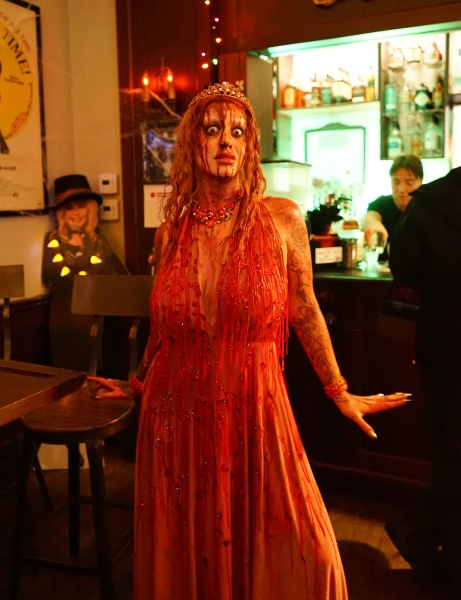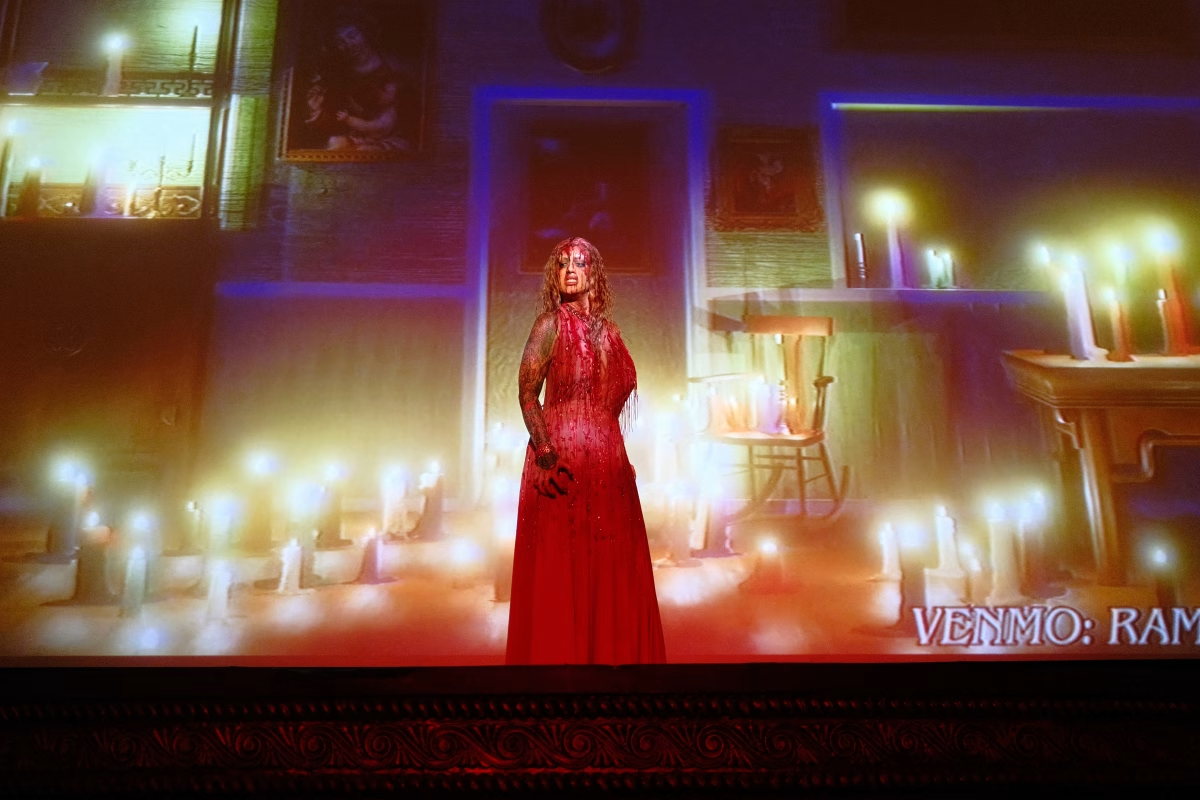This is hard for me to admit as an avid Halloween lover, but I’m starting to see the scary truth: horror is getting out of hand.
If there’s one thing I love more than anything, it’s horror. Anything that will give me the creeps is something you can sign me up for. That’s what horror’s always been about, seeking out that experience that gives you a feeling different than any other. The thrill of self-inducing an intense sensation of fear is a thrill you can’t get anywhere else.
I learned quickly after moving to Chicago that my favorite place to spend time in October is the Music Box Theatre. This local Southport theater takes horror movies pretty seriously, getting fans together for films, themed drag shows and horror movie marathons all while allowing them a space to be full-on horror freaks.
From dressing up in full costume to simply being able to scream at the screen during your favorite scenes with no judgment, is the environment I think a horror fan was built to thrive in, and many fans agree.

Madeline Nevis, a Chicago resident and big horror fan, chooses the Music Box because of the environment it creates.
“I feel like they just have such a good horror program (for) all of October,” Nevis said.
A member of Nevis’ moviegoing group, Maddie Baoi, added, “And like, a horror drag queen show? I’ve never experienced that before.”
But, like most groups, the horror community is facing scrutiny from gatekeepers.
Each year horror fanatics rave about a scarier, more psychologically tripping film leading to a competitive drive within the fandom based on who can bear to watch the most traumatic scenes.
As individuals battle to have seen the most underground and chilling films, people find themself pushing further than their limits just so they can call themselves a horror fan.
As these films compete to get more uncomfortable, many become rumored to be snuff films. This is a very particular type of psychological horrors that include scenes of real murders, suicides, etc. “Faces of Death” was one of the first films of this nature to gain major traction after its release in 1978.
While I believe there’s a time, place and audience for these gory and intense films, it’s not for everyone. Horror fans are often expected to have seen deep cut 80s snuff to be respected. This is especially apparent for younger generations on social media, as these films are pushed out there.
Blair Davis, DePaul professor in the College of Communication, has expertise in comics, horror movies and, most importantly, he knows all about the trend of those seeking out the worst, despite their comfort level with it.
“You had that phenomenon in the early 1980s of kids deliberately seeking out snuff in video stores because their parents weren’t looking and they were exceptionally gory,” Davis said. “Like, the “Faces of Death” series … For younger generations, like myself growing up, that was the sort of ultimate taboo, much like what modern viewers are discovering through social media.”

As technology evolved, the accessibility of horror was bound to get more dangerous for young fans, but it will only get worse.
This pressure is often directed towards the “cheaper” and “raunchier” films, often consisting of found footage. We saw this in the hype of 2011 film “Megan Is Missing” and in similar movies on the bottom of the horror movie iceberg such as “August Underground.”
Delaney Gobel, a grad student who spent her senior thesis studying found footage horror, allows a special place in her heart for this style.
“I love the idea that it (found footage) makes creating horror content more accessible,” Gobel said. “I don’t always appreciate what people choose to film and I think there are a lot of people that try to push the boundaries of content in a way that isn’t suited for me.”
Horror fans who have seen the “August Underground” film, along with others that are similar, have vouched for the fact that it’s hardly entertaining and nothing else but an excuse for filmed torture.
These films can quickly get less professional and focus solely on extracting a more extreme reaction out of a viewer with excessively gory content. These found footage or documentary-style films that add the effect of realness can lead to pushing the boundary from innocent fear to real torture.
There should be no competition in any group, let alone the ones that allow people to tap into their most raw, unedited selves. Those who desire to seek out an experience already different than any other shouldn’t have to traumatize themselves to feel “part of the group.”
“I think if you experience being scared, and you like that experience and you’re interested in seeking it out again, then you can call yourself a fan,” Gobel said.
From screaming at the Music Box screen to entering any haunted house I see, I will always call myself a horror fan. I’ll call myself this even though I’ll probably never watch “August Underground,” and I’m not afraid to admit it.
Related Stories:
- Breaking the chain in ‘gatekeeping’ one fandom at a time
- Preserving the past to ensure the future of moviegoing: Music Box Theatre ‘revives at 95’
- The best horror movies for people who hate horror
Support Student Journalism!
The DePaulia is DePaul University’s award-winning, editorially independent student newspaper. Since 1923, student journalists have produced high-quality, on-the-ground reporting that informs our campus and city.
We rely on reader support to keep doing what we do. Donations are tax deductible through DePaul's giving page.


